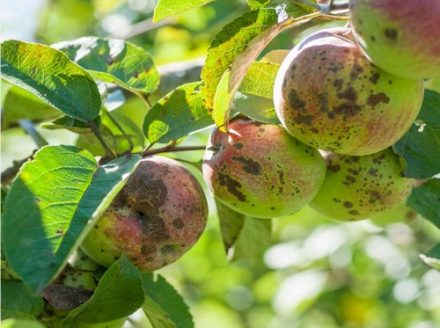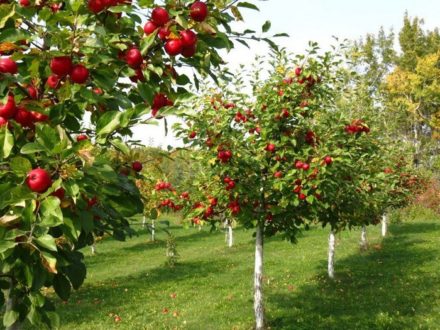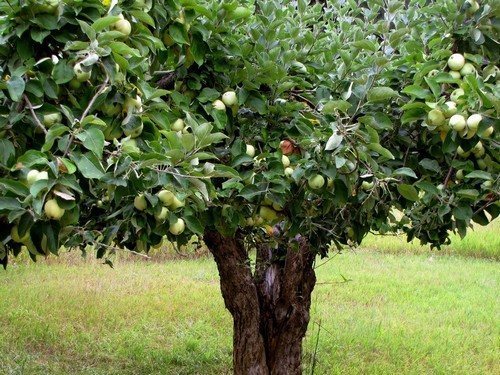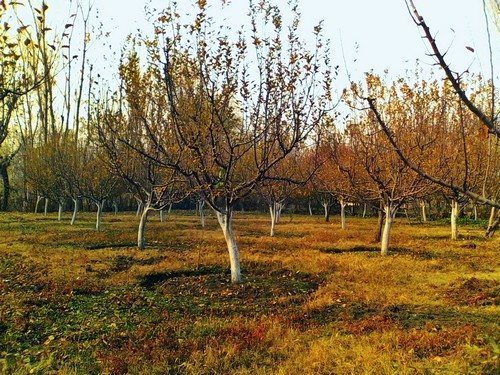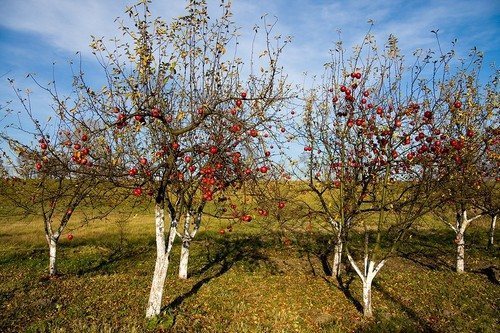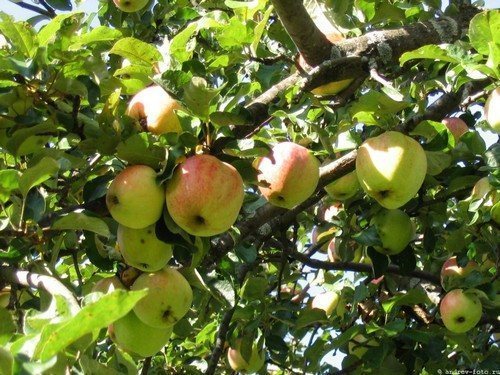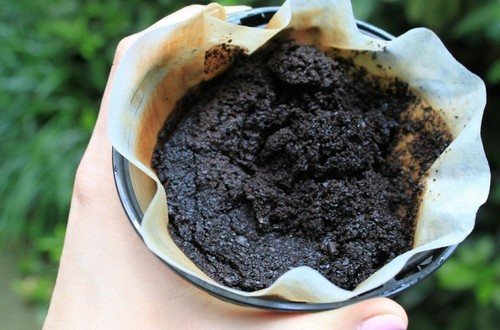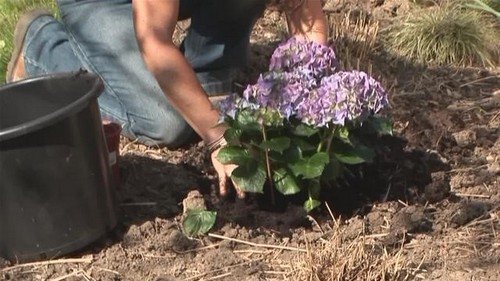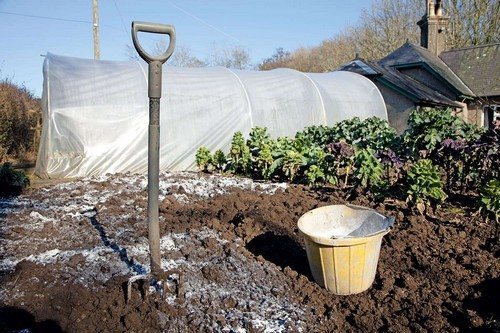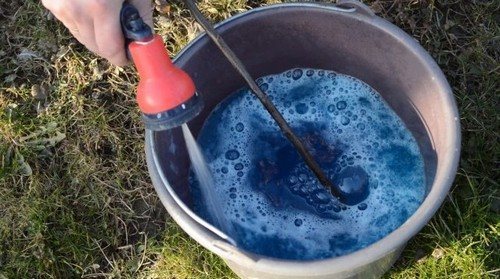The last harvest of pears and apples has been harvested. The trees did a good job. The time has come to feed the crops and replenish the nutrients consumed during fruiting. Only then will the trees successfully overwinter and be ready for the next season.
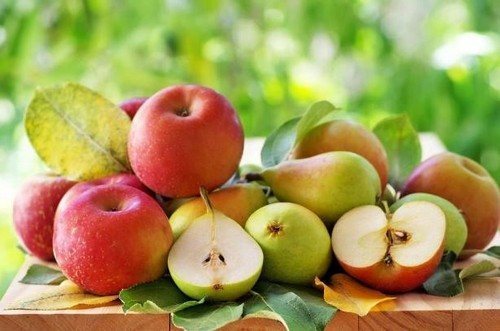
Features of autumn feeding
By skipping autumn feeding, the gardener is taking a risk. This will lead to changes in the following indicators:
- decreased plant immunity;
- deterioration in the taste of fruits in the next season;
- crushing leaves.
Favorable time for applying fertilizers is the period from the end of September to the end of October. How much fertilizer is applied and which is preferable depends on the age of the tree and the condition of the root system. In addition, the yield of the past season is important. This is an indicator of a deficiency of one or another element.
Experienced gardeners prefer to apply dry fertilizers in the fall, leaving liquid fertilizers for the spring. But some nuances are possible depending on the condition of the apple or pear trees.
What to feed
In autumn, inorganic compounds and organic fertilizers are applied.
Mineral fertilizers
In most cases, fruit trees need potassium, boron, and phosphorus.
Potassium
The element is especially important during the autumn feeding period. Thanks to potassium, wintering for the tree will be calmer. In addition, if small fruits are collected, and the leaves curled and fell during the growing season, then potassium-containing fertilizers are simply necessary.
Potassium plant fertilizer – wood ash. At a distance of 1.5 m from the trunk, 10–12 holes are made, 15 cm deep. Ash is laid out in them, which is sprinkled with earth on top. The tree is watered abundantly. Then mulching is carried out with straw, fir cones, and dry leaves. A layer of mulch is 15 cm per 1 square. m add 150 g of wood ash.
Among the purchased products, “Kalimagnesia” is used, which, in addition to potassium, contains magnesium. Prepare a solution at the rate of 20 g of product per bucket of water. Water the tree trunk circle. Or fertilize with potassium sulfate. The solution is prepared according to the instructions.
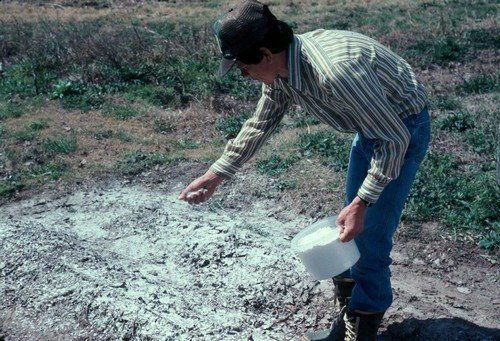
Phosphorus
Phosphorus fertilizers are necessary for the growth and development of crops. Phosphorus deficiency is judged by premature leaf fall and small leaves. Having received a microelement in the fall, the plant will be saturated with phosphorus over the winter, which will subsequently affect the condition of the tree.
One of the types of superphosphate is selected:
- simple – 45 g;
- double – 30 g;
- granulated – 45 g.
The best method of application is the same as for ash.
Orthoboric acid
If the leaves have become thicker and darkened, and the harvested apples and pears are of an atypical shape, this indicates a boron deficiency. And in the fall, spray with a solution of orthoboric acid at the rate of 10–20 g of product per bucket of liquid.
Combined products
These preparations contain many microelements. The most popular compositions are “Orchard”, “Autumn for garden crops”, “Universal”. The products are used according to the instructions.
Self-prepared fertilizers.
Mix the ingredients and irrigate the tree trunk circle:
- warm water – 10 l;
- potassium chloride – 1 tbsp. spoon;
- superphosphate – 2 tbsp. spoons.
Mix powders or granules and distribute them at a distance of 60 cm from the trunk:
- potassium chloride and urea 1 tbsp. spoon;
- superphosphate and ash 2 tbsp. spoons;
- phosphate rock – 1.5 tbsp. spoon;
- ammophoska – 3 tbsp. spoons.
After fertilizing, water abundantly. The composition is used immediately after the end of fruiting, that is, until September.
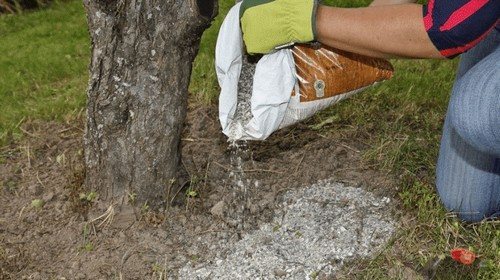
Organic fertilizers
These fertilizers are popular. They are efficient and reliable.
Manure
The product has been used for a long time. Manure is considered the best fertilizer for fruit trees in the autumn. It is used after infusion for 4–5 months. But greater effect can be achieved after 2–3 years of aging. Fresh manure is not used, as it harms the root system.
The amount of fertilizer varies depending on the age of the apple and pear trees. For a tree up to 7 years old, 2 buckets per 1 square meter is enough. meter. If the fruit tree is older than 8 years, add up to 4 buckets per 1 sq. meter.
How to use:
- penetration into the soil;
- spraying with a solution at the rate of 3 kg of manure per bucket of water.
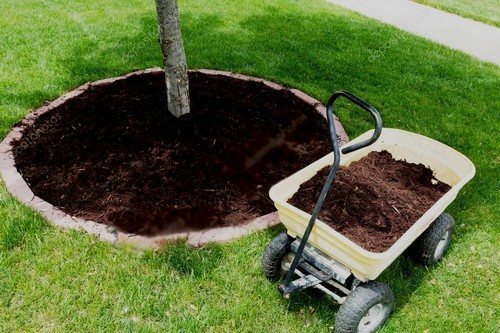
Bird droppings
Apply dry to fruit trees. It is buried in the ground around the tree trunk. This is followed by watering with a large volume of liquid.
Humus
The product is buried to a depth of 15–20 cm. An adult fruit tree requires 30–50 kg of fertilizer.
Other organics
The following tools can be used:
- Compost. It is placed around a tree trunk. Layer thickness 10 cm.
- Ash. Potato and sunflower tops are burned. Mix thoroughly with humus.
- Green manure. In spring, the tree trunk circle is sown with peas, rye, wheat or oats. In autumn, crops are mowed and dug up with soil.
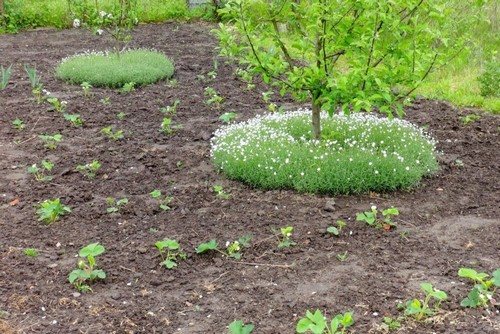
It is not recommended to feed fruit trees with nitrogen-containing fertilizers. The element stimulates growth, which the crop does not need in winter. The trees will not survive the winter well, which will affect the harvest. Sometimes the trees die.
Feeding apple and pear trees planted in the fall
Fruit crops planted in the fall take root well and begin to make progress early in the spring. Each region has its own planting dates, but they start everywhere in September.
Fruit crops planted in the fall take root well and begin to make progress early in the spring. Each region has its own planting dates, but they start everywhere in September. In the northern region, you can plant a fruit tree until the first days of October. In the middle zone, planting ends on October 15-20, in the southern regions it continues until November 15-20. Features of the application of ammonium sulfate in the spring in the garden
Immediately add fertilizers that will help the young plants withstand the winter cold and grow new roots in the root system.
The fertilizer is prepared as follows: the top layer of garden soil is mixed in equal proportions with manure (or compost) at 15 kg each. The roots of the plant are immersed in a hole and covered with fertilizer.
- The following composition is also possible for fertilizer:
- peat and river sand, 2-3 buckets each;
black soil (or compost, or humus) - up to 4 buckets;


